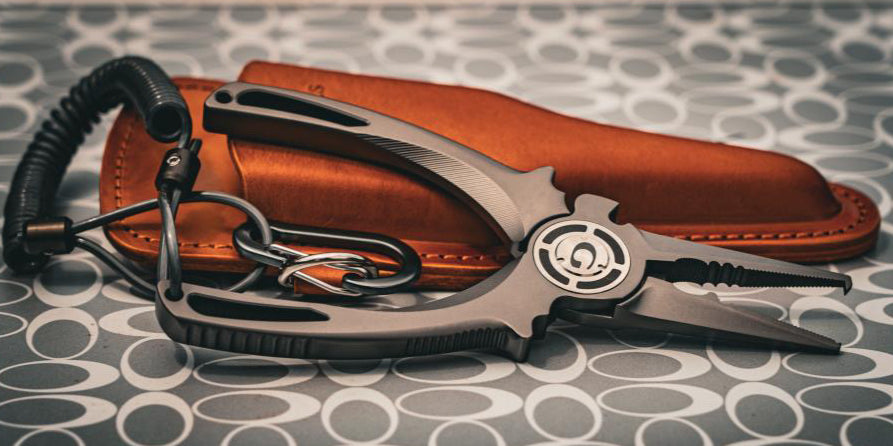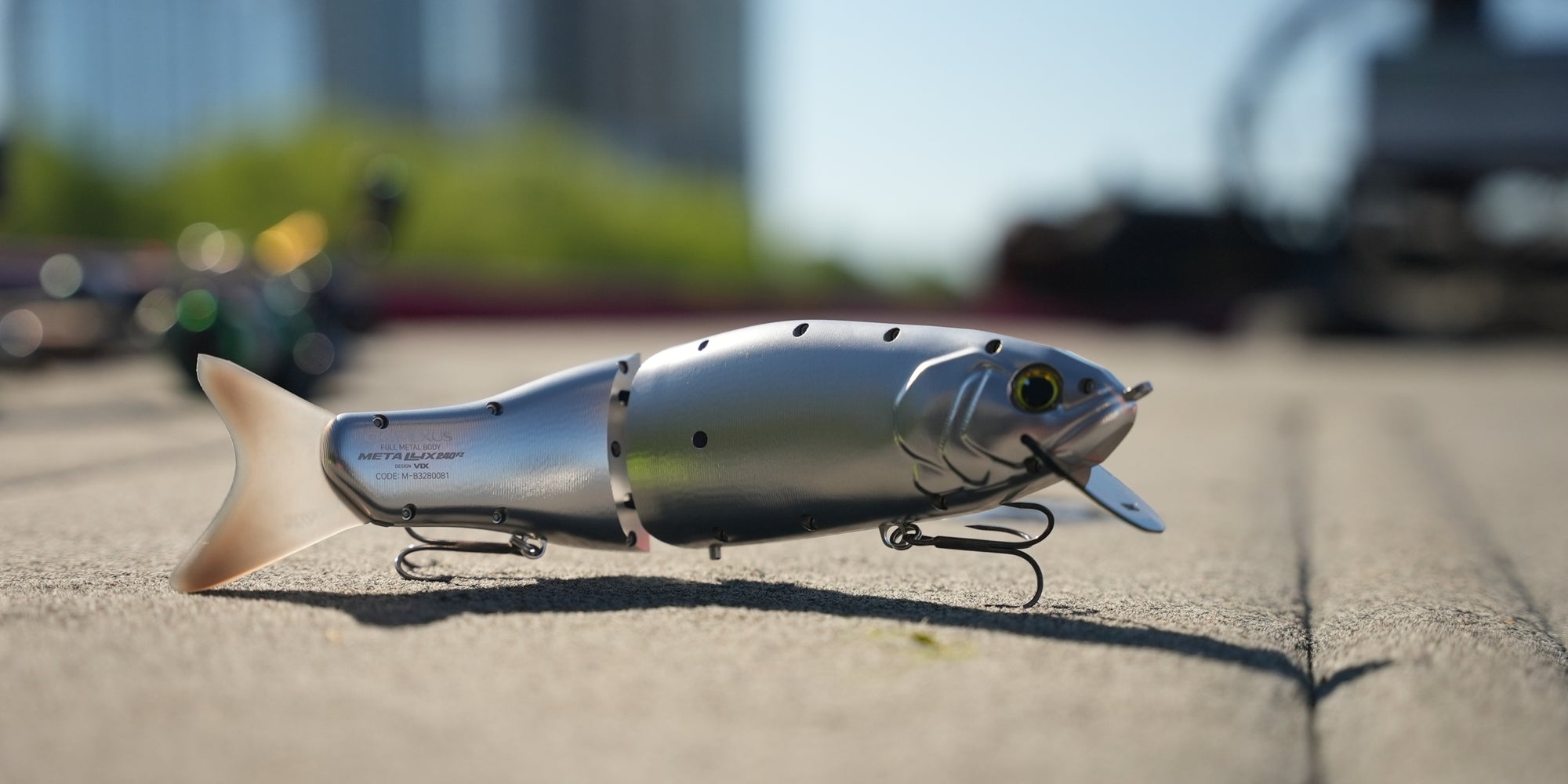It’s Wintertime, and for a lot of anglers, that means storing the fishing tackle away for the next season. But, when putting your tackle away, you have to make sure that you properly clean and repair it so that you have your gear all ready to use the next time you bring it out.
In this post, we are going to be looking at how you can take care of your fishing gear to keep it in good shape for the next season. To keep it easy for you to understand, we will divide the whole process into parts.
1. Care of Fishing Rods
Here are some steps that you can follow for taking care of your fishing rods.

a. Properly Clean and Dry the Rods Before Storing Them
Before stowing your rods away, you have to properly clean and dry them so that there doesn’t remain any sort of damaging debris or chemicals on top. This will save your rod from deteriorating while it is stored and you will be able to start using it again without any trouble.
You can simply make a detergent solution with normal water and rub it on the rod with a clean cloth. Afterward, you can use a dry cloth to remove any traces of wetness so that there is no danger of rusting.
b. Check the Guides
The guides are the circular pieces of metal/ceramic on the spine of the rod. These are responsible for “guiding” the fishing line during the casting process.
You have to check the guides carefully to see if there are any jagged edges or nicks in them that can damage your line. These nicks and chips can be very small, but they can be highly detrimental to your fishing line. The progress of the fishing line can be hampered due to these impediments, and it can also get frayed.
c. Be Careful About How You Store Your Rods
When you want to store your rods away for the winter, make sure not to place them flat on a surface under weight/pressure. Similarly, you also want to avoid leaning them against the wall i.e., placing them in the corner of a cupboard or a storeroom, etc.
Doing any of the two can cause a bend to appear in the rod. This can mean trouble for your rod’s longevity and more so for your fishing experience.
The best way to go about this is to use a rod stand. Rod stands hold the fishing rods straight up by clamping them at the handle.
2. Care of Fishing Line
When it comes to taking care of the fishing line, there are basically two things that you have to be careful of.
Firstly, you have to clean your lines properly before you stash them away. This can be as easily done as preparing a detergent + water solution, submerging the line in it, and rubbing the whole length using a cloth. Then, you can repeat this step with only water (minus the detergent). And after that, you can rub the entire line with a dry cloth to eliminate moisture.
Apart from cleaning the line, you also have to be particular about how you store them. Constant exposure to moisture and sunlight can wear away at the durability of the lines. For this reason, it is recommended to store the lines in a dry and cool place.

3. Care of Fishing Reels
If you are putting your tackle to sleep for the winter, you have to make sure that you don’t leave any sort of dirt or debris in your reels that can damage them over time. You also want to make sure that there is no damage to the structure of the reel itself due to prolonged drag pressure.

Keeping all that in mind, some tips that you can follow to take care of your reel are as follows:
a. Clean the Reel
If you are somewhat familiar with fishing reels and how they’re put together, you can do this part yourself. You can simply take your reel apart as much as you’re able to and then simply use water and a clean cloth to clean the debris, gunk, and salt residue (if you are a saltwater angler).
On the other hand, if you are not very comfortable with “dissecting” the reel yourself, you can always take the help of an expert. You can take your reel to a professional for having it cleaned, or you can watch a video tutorial for your particular reel model to see how it’s put together.
Assuming that you are unable to disassemble the reel yourself and you also cannot find an expert to do it for you, then you should clean it to the best of your ability as it is.
b. Lubricate the Inner Components
You will only be able to do this step if you have successfully disassembled your reel in the first place.
Once you are done cleaning the parts, you can simply put some machine oil on the spool shaft to make it rotate smoothly. You can also do the same thing with the washers in the handle.
c. Respool the Reel
If the fishing line you’re using is new and undamaged, then you don’t have to bother with this step. But if it is somewhat worn out and damaged, you can replace it before putting your reel away for the winter.
d. Loosen the Drag
This is something that many anglers can be unaware of. If you don’t loosen the drag before storing your reel away, the constant pressure can take its toll on the drag washers. This can damage them and chip away at their durability.
4. Care of Fish Hooks
A common problem that can occur with fish hooks is that they can pick up rust. The chances of this are increased if they have been used in saltwater.
To take care of your fish hooks, you have to be mindful of cleaning them after every use, drying them before storing and placing them in a cool, dry place.
According to a certain angler, placing a couple of silica gel pouches inside the lure/hook box can be a good way to deal with unwanted moisture.

5. Power Handle Care
Power handles are made using different types of materials but among them, cork is extremely common.

To get started with the power handle care, you first have to properly clean and dry it. To do this, you can make a dish soap/detergent + water solution and rub it onto the handle using a clean cloth. After the soapy round, you can use a normal wet cloth to clean the bubbly traces and then a third time for complete moisture elimination.
If you are using a cork handle, you may also have to deal with missing chunks, dents, crevices, and indents in the handle itself. An easy way to repair this type of damage is to simply take some wood filler and push it into the ‘missing’ areas. Then, after letting the filler sit in there for some hours, you can rub off the access using sandpaper or even a normal course cloth. Using sandpaper is, of course, the more finesse way to do it.
6. Float Care
To take care of your float, you first have to make a habit of being cautious about inserting and removing it from the seat when you’re actually fishing. That is the part where you can most likely damage it.
Other than that, the standard routine that you can follow before stashing your floats away is to clean and dry them. Then, you have to pick a dry and cool place for storing them because exposure to heat or sunlight can be detrimental to their overall durability.
Summary
Properly maintaining your fishing tackle is necessary at all times of the year. But it gets even more important when winter arrives. This is when you have to store away the gear for the next season. If you thoroughly clean, lubricate and repair everything, you will be able to start using them again without any hitches.




